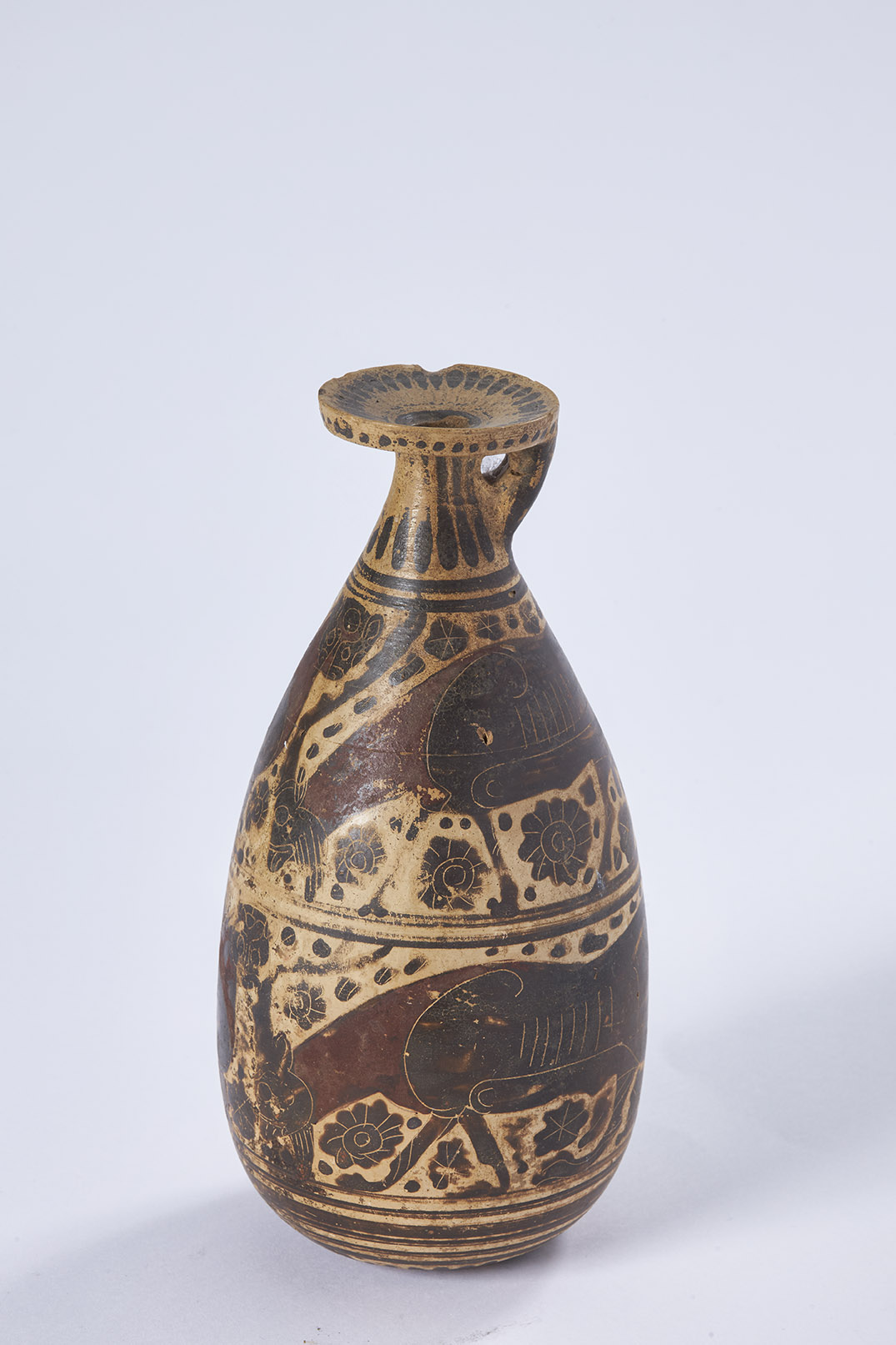A place steeped in history
The Archaeological Museum of Ancient Capua, opened in 1995, is founded on one of the richest historical sites in the city. It is housed in a 19th-century building that incorporates the medieval tower of Sant'Erasmo, where Robert of Anjou was born, which in turn was built on the remains of the Capitolium. In 1864, the nineteenth-century complex, based on a design of the Scuderia Reale (Royal Stables), became the headquarters of the Istituto di Incremento Ippico (Equestrian Enhancement Institute), which was eventually closed in 1980.
The extensive museum, with a central courtyard and garden, has large spaces dedicated to temporary exhibitions with conference rooms, storerooms for the conservation and restoration of archaeological materials and an area reserved for the museum playroom. Since December 2014, the Ministry for Cultural Heritage and Activities has managed the Amphitheatre through the Polo Museale della Campania (Museums of Campania), which became the Regional Directorate for Museums in December 2019. Since 2016, the museum network has included not only the Amphitheatre but also the Mithraeum and its Museum.
History
During the Roman rule, the city of Capua saw the spread of the Mithraic cult, probably brought by the oriental gladiators usually associated with this cult. The expansion of Mithraism then led to the construction, probably at the end of the first century AD, of what became one of the most important Mithraea in the world, today falling within the territory of the city of Santa Maria Capua a Vetere. The underground chambers were discovered in 1922 and access to them was created in 1937 through a small turret building, from which one descends into the worship hall, which preserves a highly valuable decorative apparatus, in which the scene of the Tauroctonia stands out.
Heritage
The Museum of Ancient Capua exhibits materials brought to light during excavations in the second half of the 20th century in the former territory of Capua. The ten rooms already set up, in which material from the 10th to the 1st century BC is exhibited, will be followed by those with findings from the height of the imperial age, up to the decline of the city in the 9th century AD. The museum itinerary winds its way through the Bronze Age (between the 16th and 14th centuries BC), the Iron Age (9th and 7th centuries BC), Etruscan culture, the period of Greek cultural model absorption and the domination of the Samnites over the Etruscans.
Inside the Mythraeum, one of the largest of its kind in the world, one can observe a preparation room (apparitorium) for those participating in ceremonies, and a room for worship, the latter covered by a barrel vault decorated with red and blue glass paste stars, which originally had a glass paste gem in the centre.
At the end of this room is an altar with a fresco behind it depicting the God Mithras, in oriental costume and wearing a Phrygian cap, killing the bull in the cave. On the opposite wall is the Moon holding the reins of a chariot, encouraging two horses, one white and one black, with her whip. On the side walls, there are depictions of two bearers of torches and sacred twigs, while on the podiums' fronts there are depictions of the various stages of ritual purification of a newcomer to Mithras. On the south wall, there is a marble figure, outlined in red, depicting Amore and Psiche (Cupid and Psyche).

